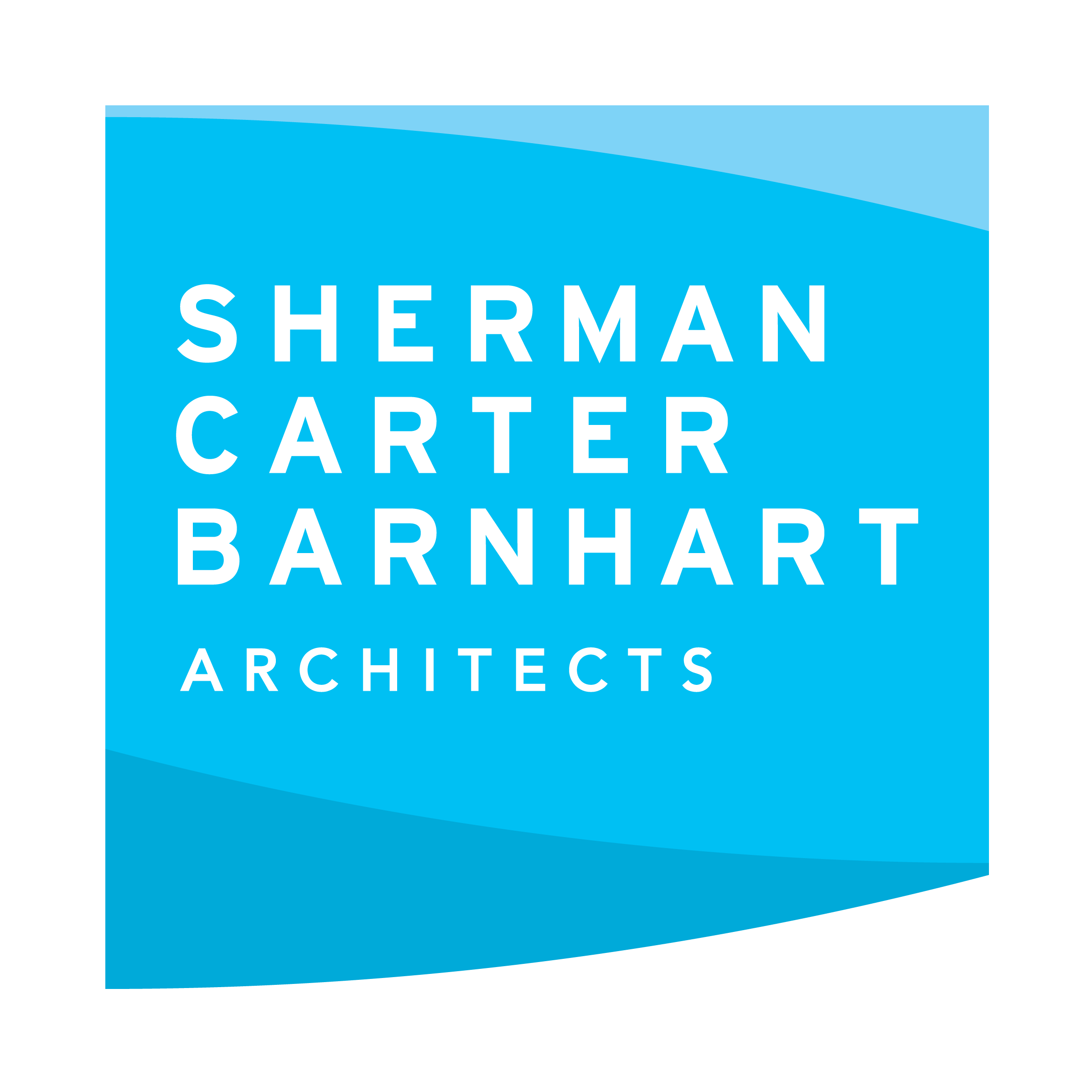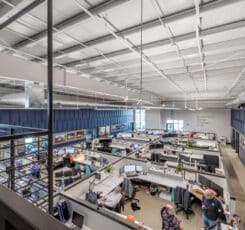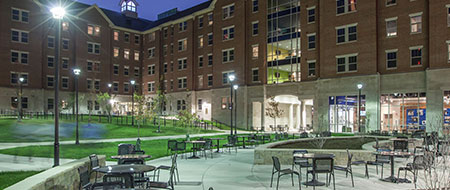Sherman Carter Barnhart is a national leader in the design of Zero Energy, Zero Emerging, and Zero Energy Ready schools. Our 21E — 21st Century Education and Energy Schools — have been recognized by regional, national and international magazines and newspapers. School officials from across the globe have visited our schools to learn how we’ve successfully designed these buildings to cost the same to construct as traditional schools but save hundreds of thousands in energy costs over time.
Have questions?
We hope that’s why you’re here. We’ve produced this video to answer some of them. After watching the video, if you have more questions about how your district or school might benefit from the same techniques and savings, we hope you’ll reach out to Kenny Stanfield, AIA, LEED AP, Principal, kstanfield@scbarchitects.com or call 859-224-1351
More on Zero Energy School Design
Did you know?
- Schools spend more on energy than any other expense except personnel.
- Sherman Carter Barnhart’s 21E schools cost the same as a conventionally built school.
- 21E schools can lower a school district’s operating costs by up to 75%.
Energy is an expense schools can reduce without sacrificing educational quality. Knowing dollars saved in operating/energy costs can be invested directly into your STUDENTS’ needs is what drives Sherman Carter Barnhart’s focus on energy efficient/cost-saving school designs. Before attempting to reduce energy consumption in a building, designers must have a comprehensive understanding of what consumes energy. Sherman Carter Barnhart realizes that each design decision will have both a direct and indirect impact on the energy performance of the school. We analyzed where energy is consumed and found, on average, 22% of the energy consumed by a school can be attributed to the kitchen/cafeteria operations. To minimize this energy usage, we visited the Duke Energy – Customer Resource Center in North Carolina to develop design strategies to aid in reducing the energy consumed by a kitchen, including:
- Specifying Energy Star or other performance-based rated equipment
- Reducing or eliminating Type I hoods by eliminating grease-laden vapors
- Utilizing variable speed hood monitoring for make-up air
- Evaluating gas-fired versus electric equipment
- Preparation and implementation of an energy-conscious kitchen operations strategy
Creating high performance, energy-efficient buildings involves all aspects of the design process. We believe in presenting strategies to our clients and working together to explore the factors that impact “first costs” as well as the “life cycle cost” of the design. We have the knowledge, experience, and real-world data to assist each client in evaluating all design decisions.
Want to learn more?
Reach out to Kenny Stanfield, AIA, LEED AP, Principal, kstanfield@scbarchitects.com or call 859-224-1351



